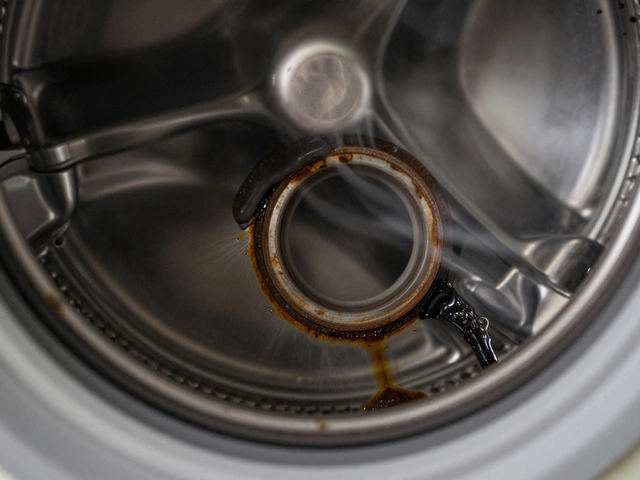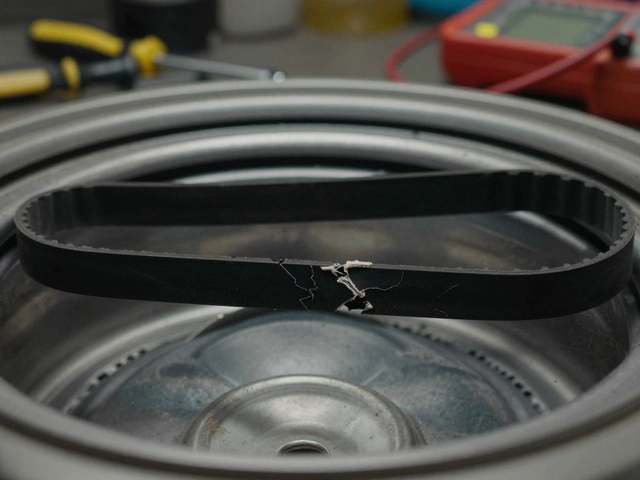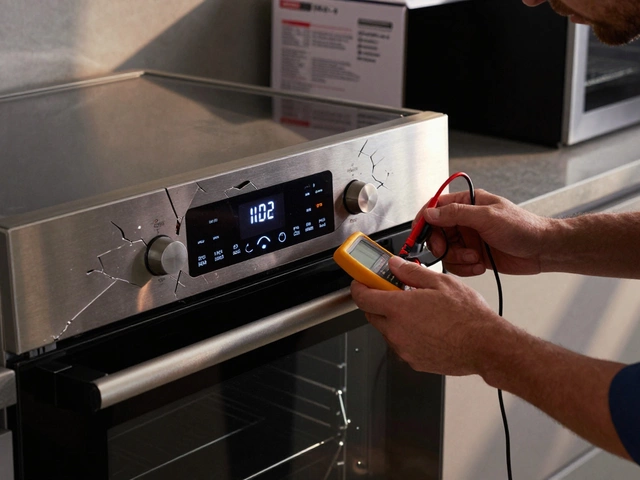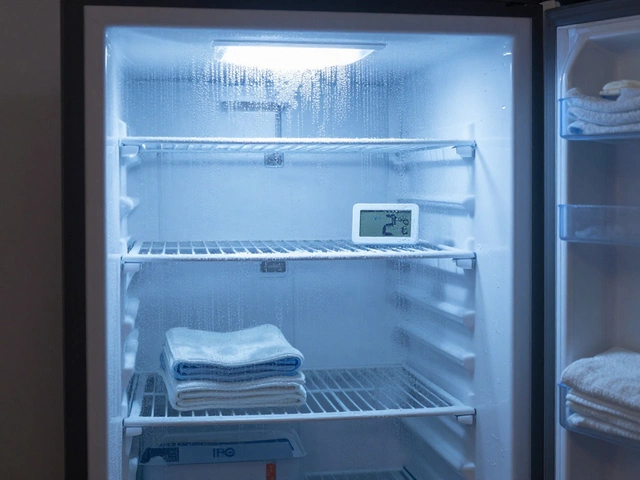Appliance Cost Guide: What You Really Pay for Repair and Replacement
Ever looked at a broken fridge and wondered if you’ll end up paying more for a fix than buying a new one? You’re not alone. The cost of fixing a home appliance can feel like a mystery, but it’s mainly about three things: the part that’s broken, the labor needed, and how old the unit is.
What Drives the Price of an Appliance Repair?
First, the part itself. A simple thermostat or a worn‑out belt will cost a fraction of a new compressor or control board. Parts for popular brands are usually cheap because they’re easy to find, while specialty parts can hike the price quickly. Second, labor. Technicians charge by the hour, and some jobs need more time than others. A quick door latch fix may take 30 minutes; a full‑scale furnace overhaul can take a full day.
Age matters, too. Older models often need hard‑to‑source parts, which adds markup, and they may be less energy‑efficient. If a unit is over 10‑12 years old, the repair cost can approach the price of a modern replacement that saves you money on your electricity bill.
When to Repair and When to Replace
Use this rule of thumb: if the repair costs more than 50 % of a comparable new appliance, replacement is usually smarter. For example, a $200 dishwasher repair versus a $400 new model – think about the warranty and energy savings of the new unit.
But don’t ignore the other side. Some repairs are cheap and extend the life of a high‑quality machine that’s still under warranty. A $80 oven heating element replacement on a 7‑year‑old oven can be worth it if the oven still works great otherwise.
Ask yourself these quick questions before you call a tech:
- Is the appliance still under warranty?
- How old is it and how often has it needed service?
- Will the repair fix the main issue or just a symptom?
- Do I have a reliable brand with good resale value?
If you answer “yes” to most, repair probably makes sense. If you’re hitting the 50 % repair‑cost threshold, start shopping for a new model.
Another tip: keep a simple log of every repair, date, and cost. After a few entries you’ll see patterns – maybe the freezer is the weak link, or the washing machine keeps breaking the same part. That insight helps you decide whether to keep fixing or finally replace.
When you’re ready to get a quote, a local pro like Hinckley Home Appliance Repair Services can give you a transparent estimate. We’ll tell you the exact part price, labor hours, and a clear recommendation. No hidden fees, no vague “it’s expensive” answers.
Bottom line: Compare part cost, labor, and age. Remember the 50 % rule, track your repair history, and don’t forget the long‑term savings of a newer, energy‑efficient model. With a few quick checks you’ll avoid overpaying and keep your home running smoothly.
Need a trustworthy quote? Contact Hinckley Home Appliance Repair Services – we’ll break down the numbers and help you make the smartest choice for your wallet and your kitchen.
30 May 2025
·
0 Comments
Wondering which part of your washing machine will break the bank if it needs replacing? This article explains which component is most costly to swap out, why it's so pricey, and what goes into the repair. You'll also learn some handy tips to extend your washer’s lifespan and avoid those big repair bills. Get the facts, practical advice, and a few lesser-known pointers every washer owner should know. Let’s make sure your machine lasts — and your wallet survives.
Read more






